How actually was Bangladesh’s economy in 2016?
Macro-economy of Bangladesh during 2016 was stable as per inflation rate; reference interest rate or unemployment rate is concerned. Economy was largely unperturbed by the ongoing global recession and drastic fall in aggregate demands in majority of developed countries. Actual GDP growth rate will stick to the estimated numbers and 7% is a very good figure in these recession times. Inflation in both food and non-food items were just modest and in 2016, peoples’ real purchasing power actually improved a lot. Employment creation in formal and informal sector has failed to make any real inroads. Government cannot anymore be a mere facilitator; it should become the most important strategic partner in the development saga. There are a number of mega infrastructure projects in the pipeline and most of these projects are missing the deadlines. Confidence of the stakeholders about the economy has improved a lot; aggregate demand has also increased in 2016. But in order to grow at a 10%-11% (per annum), improved physical infrastructure and energy availability is a must.
Foreign exchange reserves have risen to yet another level and Bangladesh economy has strengthened its shock absorption capacity. Exchange rates were stable and Bangladesh Bank did not to take on any major intervention. Stock market indices improved a lot and that implies investors’ confidence on the macro-economy. Monetary policy was mostly expansionary guided with some precautions. Financial inclusion initiatives through the formal banking channel did get overwhelming response. Lending rate did fall under 10% in 2016, but this fall did not result in reasonable private investment or employment creation opportunities.
But still some inherent challenges of the economy are to be encountered. Annual poverty reduction rate in Bangladesh during the last decade was just over 2 percent. So, eradication of extreme poverty within a generation (by 2030) may be a difficult milestone to achieve. As per shared prosperity indicator, consumption growth of the bottom 40% is hardly faster than the rate of the entire domestic economy. Generally economic development in Bangladesh comes at a cost of environmental degradation; development initiatives most often are not loyal to the implied social contracts; prudent management of finances has been an outcry in 2016. We are not managing resources for the future generations. In the coming years, Bangladesh needs to investment in its social infrastructures – quality healthcare, quality education, quality public transport etc. In terms of numbers, Bangladesh economy did really well in 2016 both at an absolute and relative basis. It is the time policy-makers start thinking of the quality of economic development.


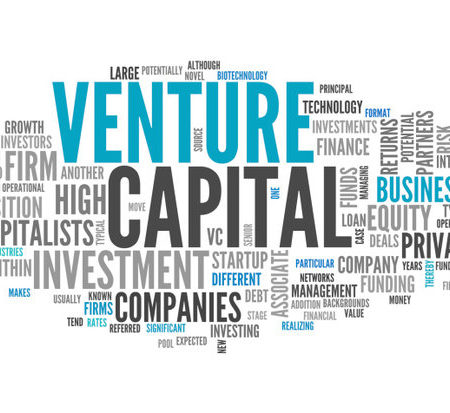
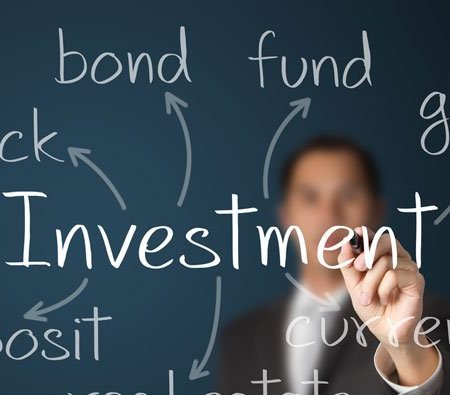
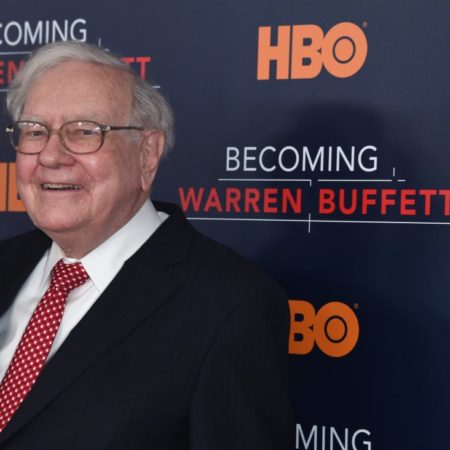
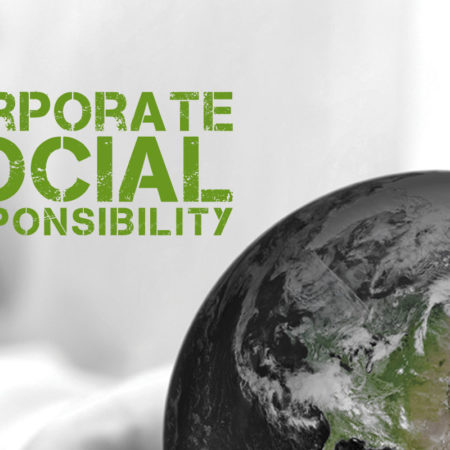
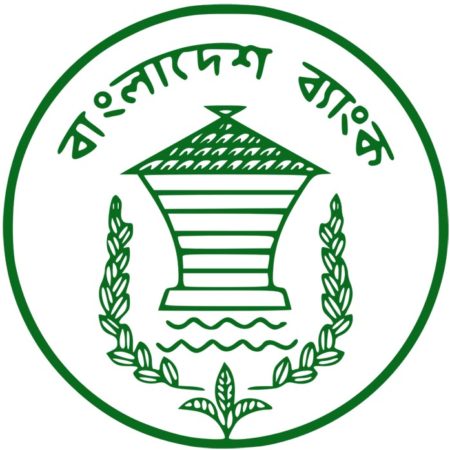

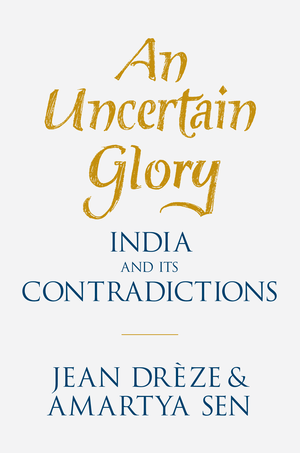
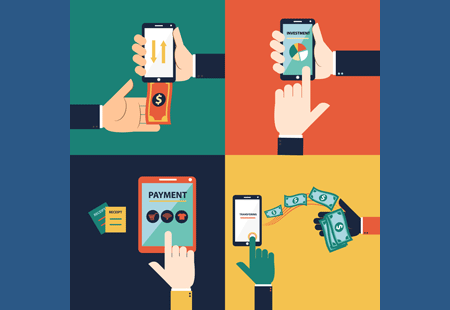
Leave a Reply